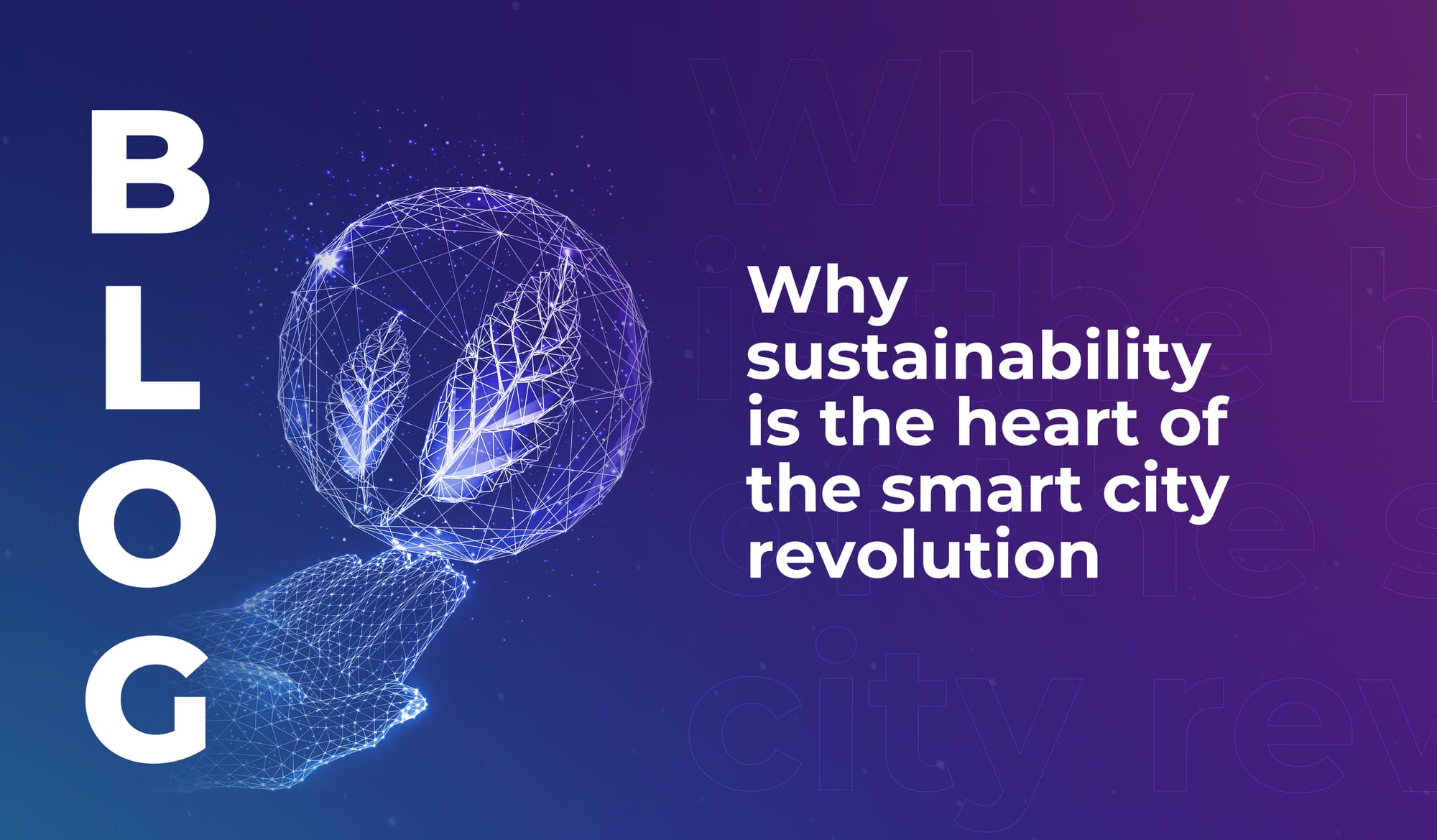
Why sustainability is the heart of the smart city revolution
The smart cities of the future will use tech to lower emissions, cut urban temperatures, and improve quality of life in highly populated areas.


Fusion power technology has attracted a growth in funding in recent years, and optimism about its potential to serve as a viable solution to the global climate crisis is growing.
Total investment has grown from USD $4.8 billion in 2022, to $6.21 billion in 2023 – and up to $7.1 billion in 2024. While fusion companies are securing both public and private funding, private investment has been particularly strong; with more than 35 private companies raising more than $2.4 billion between them.
On 14th September 2024, TechCrunch published this article detailing every fusion startup that has raised over $300 million.
The list includes:
Investor confidence is key – and investors are increasingly optimistic about the future of fusion.
In 2023, the third annual Global Fusion Industry Report from the Fusion Industry Association found that four companies believe they will deliver fusion power to the grid by 2030, and 19 companies estimate they’ll achieve this by 2035. Of all the companies surveyed, 89% expect that fusion will provide electricity to the grid by the end of the 2030s. And the US Department of Energy has suggested that fusion investment is about to become mainstream, as reported by Forbes.
As well as investment growth, the number of private fusion companies is also on the rise – with 43 operating in 2023, compared with 27 in 2022. Globally, more than 4,000 people are now employed in private fusion companies – up by 34% since 2023.
The technical challenges still facing fusion development shouldn’t be underestimated. But funding is a primary barrier for many companies; and investor optimism could break that barrier down, and provide new opportunities for companies to solve technical limitations – including power efficiency.
The fusion industry holds the potential for clean energy supply in abundance. And technological advancements mean we’re closer to that becoming a reality than ever before. With continued funding growth, mainstream fusion rollout is becoming a tangible possibility – and we’re excited to watch this space over the next five years.

The smart cities of the future will use tech to lower emissions, cut urban temperatures, and improve quality of life in highly populated areas.

Discover the cities that rank highly for smart city preparedness, and learn why locally relevant innovation is more important than cutting-edge tech.

If you’ve ever thought about becoming a tech investor, read this – learn why investors are the quiet force shaping the future of the industry.

The smart cities of the future will use tech to lower emissions, cut urban temperatures, and improve quality of life in highly populated areas.

Discover the cities that rank highly for smart city preparedness, and learn why locally relevant innovation is more important than cutting-edge tech.

If you’ve ever thought about becoming a tech investor, read this – learn why investors are the quiet force shaping the future of the industry.